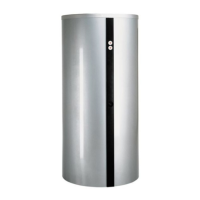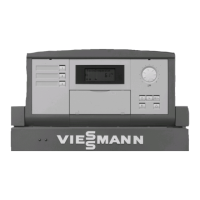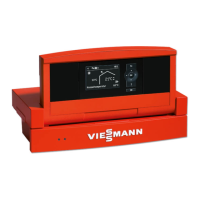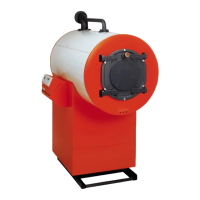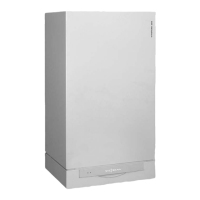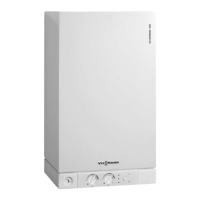3
If you smell flue gas
Danger
Flue gas can lead to life threat-
ening poisoning.
■ Shut down the heating system.
■ Ventilate the installation site.
■ Close all doors in the living
space.
In case of fire
Danger
If there is a fire, there is a risk of
burns and explosion.
■ Shut down the heating system.
■ Close shut-off valves in the fuel
supply lines.
■ Use a tested fire extinguisher,
class ABC.
What to do if the heating system
develops faults
Danger
Fault messages indicate faults in
the heating system. If faults are
not rectified, they can have life
threatening consequences.
Do not acknowledge fault mes-
sages several times in quick suc-
cession. Inform your heating con-
tractor so the cause can be ana-
lysed and the fault rectified.
Installation room conditions
Danger
Sealed vents result in a lack of
combustion air. This leads to
incomplete combustion and the
formation of life threatening car-
bon monoxide.
Never cover or close existing
vents.
Do not make any subsequent
modifications to the building
characteristics that could affect
safe operation (e.g. cable/pipe-
work routing, cladding or parti-
tions).
Danger
Easily flammable liquids and
materials (e.g. naphtha, solvents,
cleaning agents, paints or paper)
can cause deflagration and fire.
Never store or use such materials
in the installation room or in direct
proximity to the heating system.
!
Please note
Incorrect ambient conditions can
lead to heating system damage
and can put safe operation at
risk.
■ Ensure ambient temperatures
are above 0 °C and below
35 °C.
■ Prevent air contamination by
halogenated hydrocarbons
(e.g. as contained in paints,
solvents or cleaning fluids) and
excessive dust (e.g. through
grinding/polishing work).
■ Avoid continuously high humid-
ity levels (e.g. through continu-
ous drying of washing).
Safety instructions
For your safety
(cont.)
5592 682 GB
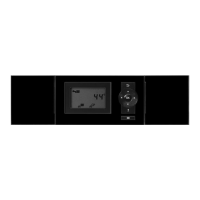
